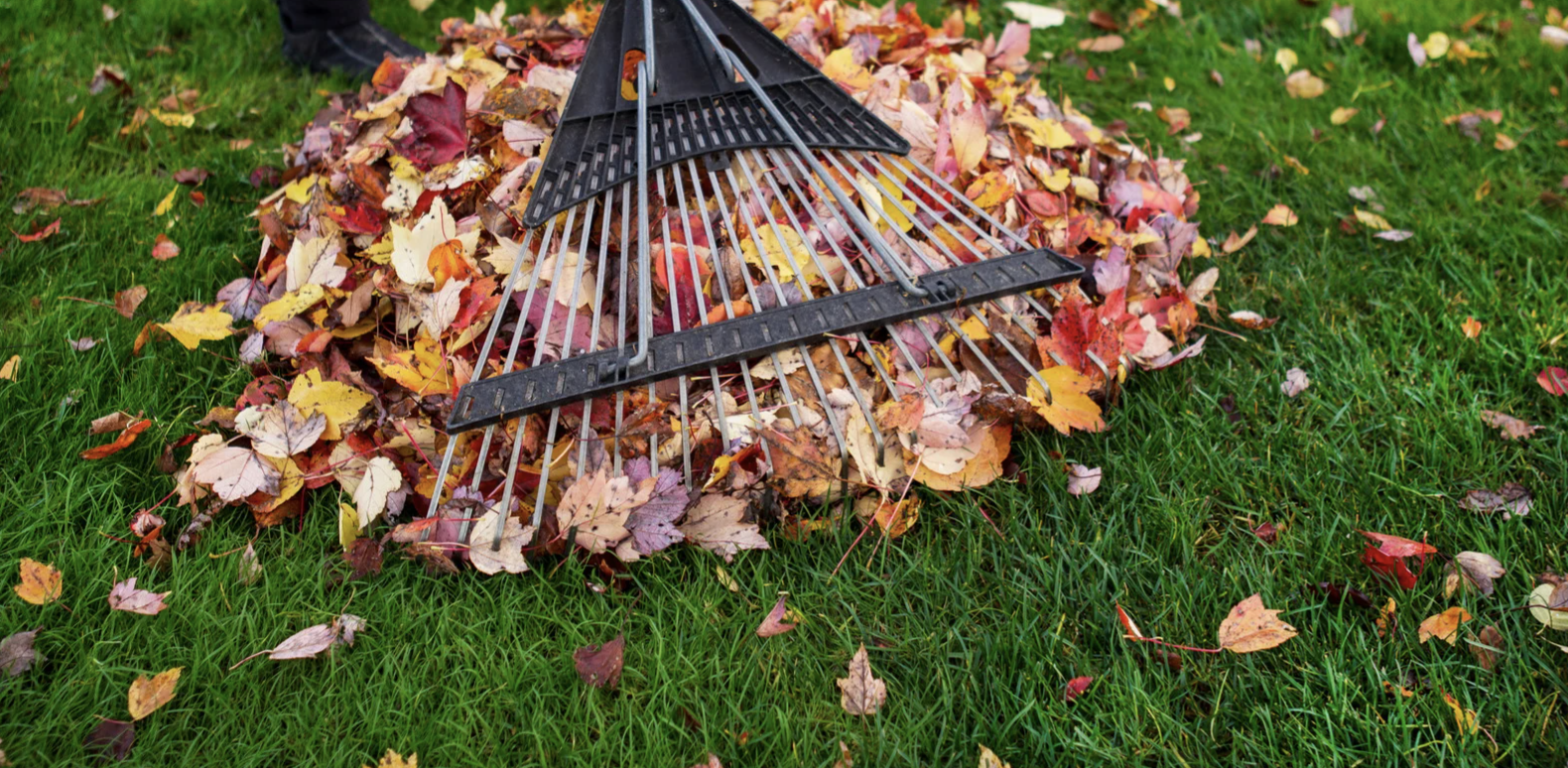As October rolls in, it’s time to embrace the changing seasons and prepare your garden for the months ahead. Different USDA zones have varying climates and growing conditions, so let’s break down the essential gardening chores for each zone this month.
Zone 4
- Planting: Start planting garlic, shallots, and perennial onions.
- Winter Prep: Drain hoses and empty bird baths to prevent freezing.
- Perennials: Protect potted perennials by burying them or covering with straw.
- Soil Testing: Collect soil samples for testing to prepare for next year’s fertilization.
- Dividing Perennials: Dig and divide spring and summer perennials. Cut back foliage and water well.
- Harvesting: Harvest remaining summer produce before frost.
- Soil Improvement: Spread organic matter like manure and shredded leaves to enrich the soil.
- Herb Care: Cut and dry or freeze remaining herbs.
- Asparagus: Compost yellowed asparagus tops after they die.
Zone 5
- Planting: Similar to Zone 4, plant garlic, shallots, and spring flowering bulbs.
- Winter Prep: Drain hoses and prepare for frost.
- Perennial Care: Protect potted perennials; collect soil samples for testing.
- Dividing Perennials: Dig, divide, and water perennials as in Zone 4.
- Harvesting: Gather any remaining summer crops before frost.
- Seed Saving: Save seeds from non-hybrid flowers for next season.
- Record Keeping: Note productive and unsatisfactory vegetable varieties.
Zone 6
- Planting: Continue planting garlic, shallots, and spring bulbs.
- Winter Prep: Drain hoses, empty bird baths, and protect perennials.
- Soil Testing: Collect soil samples.
- Dividing Perennials: Similar tasks as in previous zones.
- Harvesting: Be vigilant and harvest remaining crops.
- Seed Saving: Save seeds from favorite flowers.
- Wildlife Care: Leave seed heads for birds to enjoy.
Zone 7
- Planting: Plant garlic, shallots, and flowering bulbs.
- Winter Prep: Prepare hoses and potted perennials for cold.
- Soil Testing: Collect soil samples.
- Dividing Perennials: Dig, divide, and water well.
- Harvesting: Keep an eye on the weather for any last-minute harvests.
- Greens Management: Thin out greens and cover frost-sensitive plants.
Zone 8
- Planting: Similar planting schedule as Zone 7, including garlic and bulbs.
- Winter Prep: Protect hoses and bird baths from frost.
- Soil Testing: Don’t forget to collect soil samples.
- Dividing Perennials: Manage perennials as needed.
- Harvesting: Keep harvesting summer produce.
- Seed Saving: Save seeds from your favorite flowers.
Zone 9
- Planting: Although it’s warm, plant flowers like dianthus and pansies for fall.
- Bulbs: Plant bulbs for spring blooms.
- Herbs and Crops: Plant herbs and winter crops such as broccoli and kale.
- Strawberries: Set out strawberry plants, watering them daily.
Zone 10
- Planting: Similar to Zone 9, start with flowers and herbs.
- Bulbs: Plant bulbs for upcoming seasons.
- Vegetables: Plant easy vegetables like beans, broccoli, and lettuce.
- Fertilization: Fertilize underperforming plants as this is the last month for shrubs and trees.
Conclusion
No matter which zone you’re in, October is a crucial month for gardening chores that set the stage for a fruitful next season. By staying organized and proactive, you can ensure a thriving garden year-round. Happy gardening!


Comments are closed